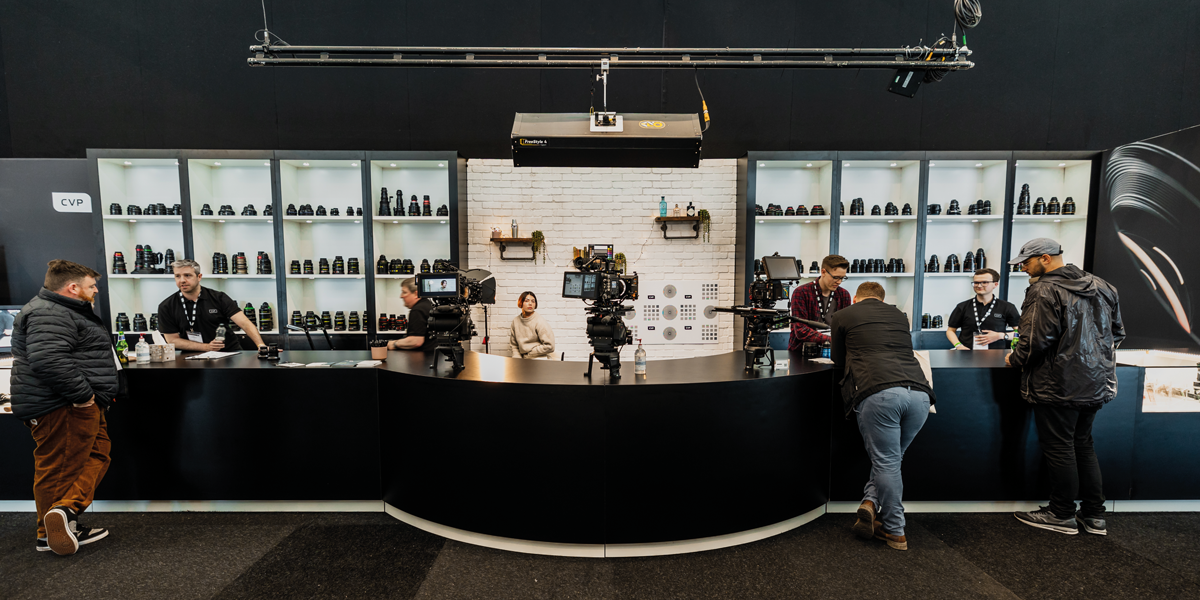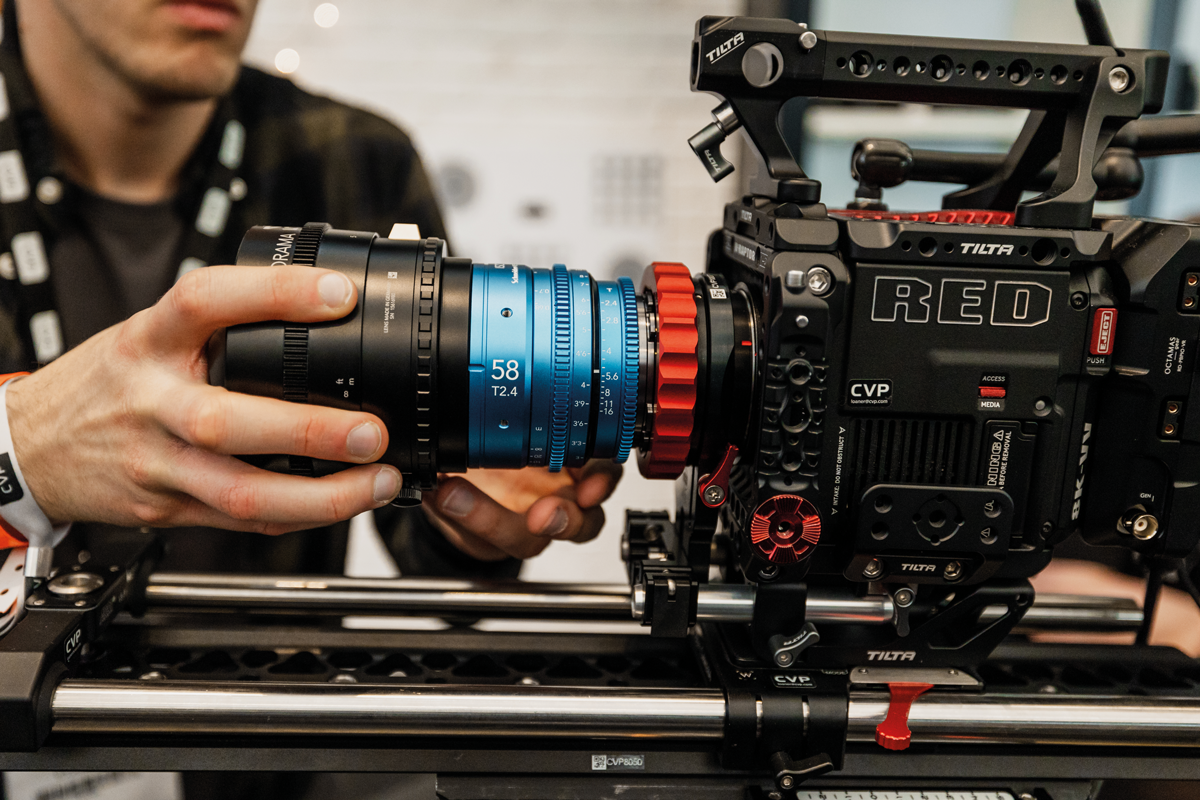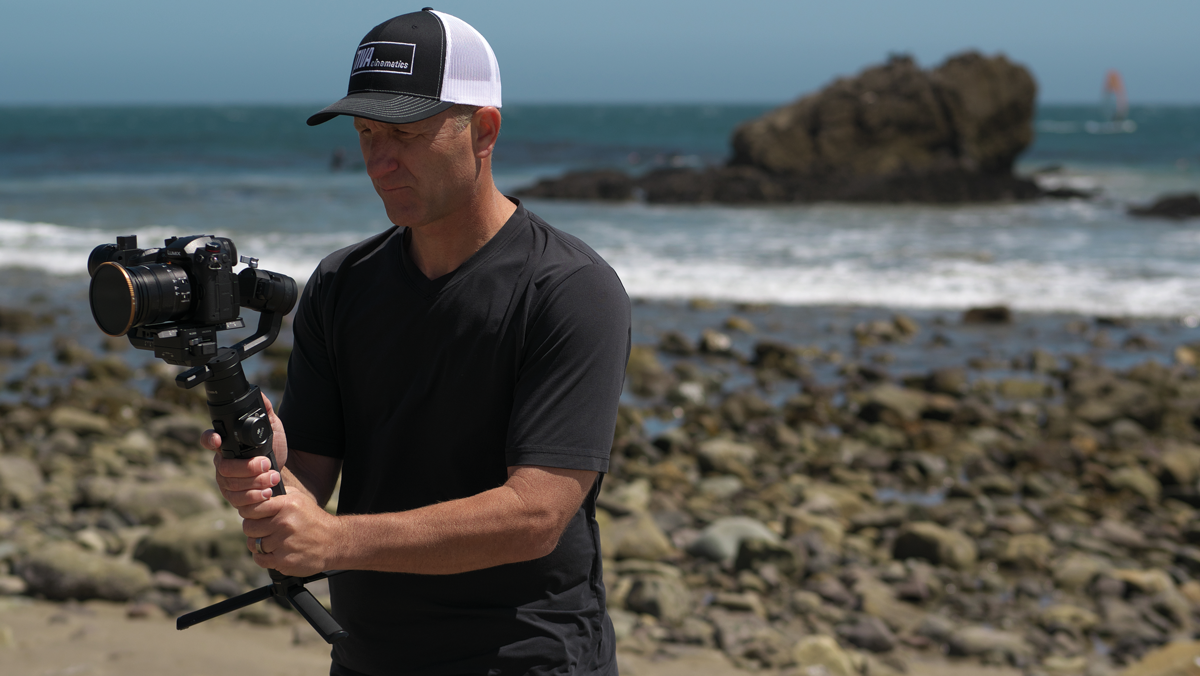
Your questions answered by CVP’s experts
Posted on May 5, 2023 by Samara Husbands
The technical specialists at Britain’s number one retailer, CVP are here to help you make the right choices
Advertisement feature
Q. I see a lot of cameras offering dual native ISO or dual base ISO. If I buy a camera with this, do I just leave it to automatically choose? How do I know what would be best?
A. Different cameras handle their dual native or base ISOs differently. With most, you can switch between them or have the camera automatically switch as you change ISO. Depending on the camera, there will be points in the ISO range where it’s best to switch between the low and high base. Letting the camera auto-switch could be a good option if you don’t want to think about it too much!
Q. I’ve been shooting on full-frame Sony mirrorless cameras for many years and now use an A7S III with mainly Canon EF lenses. I’m happy with the results, but not the handling, so I’m thinking of trading up to a cinema camera to get XLR inputs, bigger battery and better screen. Should I go for Sony again, and if so, which one and why? Or are there better alternatives?
A. If you are happy with the results of your set-up, but are looking for a more robust and ergonomically friendly camera, then something like the Sony FX6 might be the first option. It shares the same full-frame 4K sensor as the A7S III, so the resulting image will be something you are already used to working with. The camera body itself has a top handle, an adjustable side handle, plus a more comprehensive set of operational buttons, meaning its usability will be a big step up for handheld. The top handle provides full-size XLR inputs and a mount for a microphone, and the BP-U-style batteries will give vastly improved running times.
Q. I would love to shoot some anamorphic films, but the lens prices are off-putting. I tried to replicate the look with my normal lenses, cropping and post, and the results are quite convincing in terms of framing – but not the blue streaks and oval bokeh. Is there any way of effectively ‘faking’ this look?
A. While this look can’t be completely replicated with spherical lenses, some characteristics can be mimicked, such as cropping in post to replicate the de-squeezed aspect ratio. You can also use blue streak filters on your lens to introduce horizontal flares, though these can create undesired vertical lines in your bokeh.
Many people use old vintage stills lenses, where you can modify the inside of them by adding a piece of fishing wire over the iris to create a flare streak, or by adding an oval-shaped aperture disc to simulate that stretched bokeh look.
Q. I have tried several variable ND filters and have never been 100% happy with the results. Are there any truly excellent variable NDs that don’t cause a colour shift? Or should I simply buy single-strength versions?
A. Colour shift, or cross-polarisation, is an issue with all circular variable ND filters, but some handle it better than others such as those from Hoya and H&Y. Good-quality single-strength ND filters will always perform better and are what’s recommended if colour shift is a concern.
Originally featured in the March/April 2023 issue of Pro Moviemaker.












